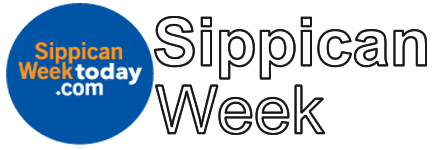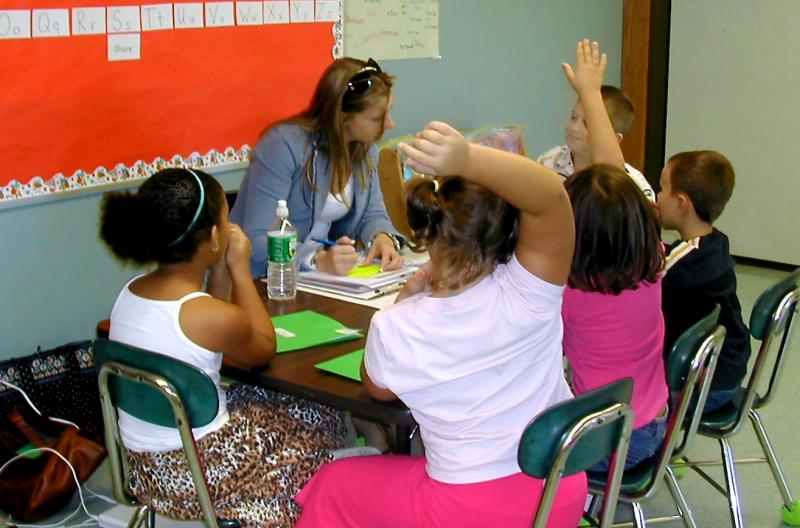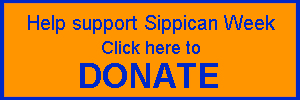English language learning program gets a boost
English is a tough language.
If you ever had trouble with “i before e except after c” or remembering complicated biology terms, imagine what it’s like for kids who are learning English as their second language.
“It’s survival of the fittest,” said Old Rochester Regional School District’s new English language learning specialist Teah Mazzoni.
Currently, the district has 23 ELL students, 11 in need of weekly support from Mazzoni.
Despite the small number, Mazzoni said grasping the language as quickly as possible is important for a kid’s success in school.
“You don’t realize what a huge challenge those students face and they face it almost immediately,” she said.
Mazzoni’s students speak nine different languages and are spread throughout the district.
“Some are adopted, some immigrated with their parents, some are non-immigrants but they speak different languages at home,” said Mazzoni.
Through one on one sessions, small group activities and meetings with parents and teachers, Mazzoni is trying to help her students move beyond the “iceberg tip” of social language skills to academic fluency.
The process takes longer than you might think.
“The tip of the iceberg is the social language, what you need to communicate,” said Mazzoni. For students who come to America at age six with no proficiency, Mazzoni said it takes three to five years to become fluent and five to seven years to master academic language.
“If they are not fluent in their native language, it could take seven to nine years to become academically fluent,” she said.
And providing proper support for ELL kids is a civil rights issue gaining increasing attention in the state.
Elise Frangos, Director of Curriculum and Instruction, said that a 2007 review by the Massachusetts Department of Educations found the district’s ELL program insufficient. The report cited 10 areas in need of improvement, including follow-up support, parental notification and professional development requirements.
The district hired its first ELL teacher in 2008, but with the addition of Mazzoni this year comes a revamping of the school’s ELL program.
“The whole standards for ELL children have changed greatly,” said Frangos. “It’s very much related to thinking about vocabulary, oral language and reading.”
Mazzoni will focus on these elements with students as well as using a new assessment tool to track their progress.
Professional development for all teachers will also be a key part of the ELL program.
“Sometimes teachers don’t see that their students are struggling with the academic language,” said Frangos. “It needs to be very directly taught.”
Beginning each lesson with key vocabulary and giving children the chance to discuss topics in small peer groups benefit ELL and first language learners, said Frangos.
Professional development is also crucial for the school going forward. Although the district is categorized as “low-incidence,” the ELL numbers are likely to grow.
ELL enrollment across the state has risen 57 percent since 2000, according to the Massachusetts Department of Education.
Consequently, all core academic teachers in the state will be required to have ELL training by 2016.
“It’s unlikely we will maintain our certification and be employable without it,” said Frangos. “It’s that dramatic a need for our state.”














